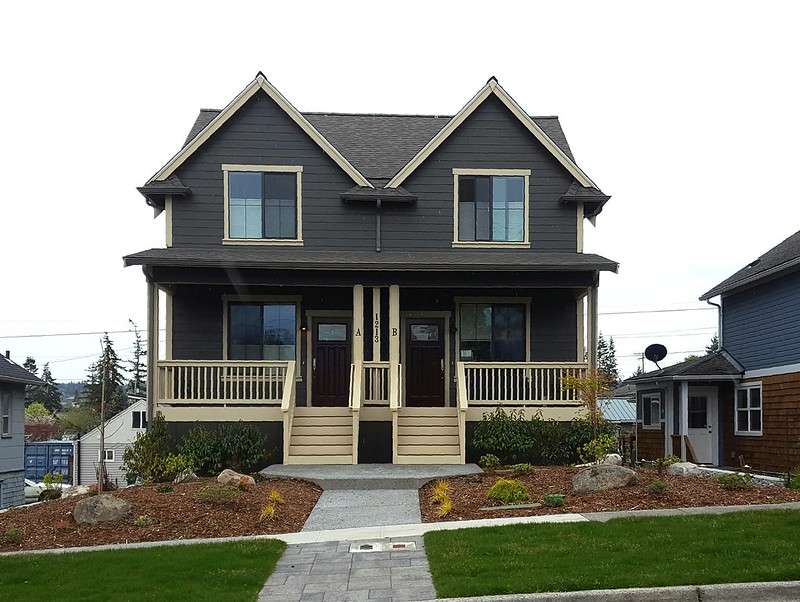Physical Address
304 North Cardinal St.
Dorchester Center, MA 02124
Physical Address
304 North Cardinal St.
Dorchester Center, MA 02124
In recent years, three states have legalized or decriminalized jaywalking: Virginia and Nevada did so in early 2021, and California legalized jaywalking at the start of 2023. The traditional argument for anti-jaywalking laws is that they protect pedestrians from themselves, by limiting their ability to walk in dangerous traffic conditions. If this argument made sense, we would have seen pedestrian traffic fatalities increase in less punitive states. For example, if jaywalking laws were effective, California’s pedestrian death rate would have increased in 2023 (when jaywalking was legalized). Instead, the number of deaths decreased from 1208 to 1057, a 12 percent drop. (Relevant data for all states is here). Although pedestrian deaths decreased nationally, the national decrease was only about 5 percent (from 7737 to 7318). On the other hand. the data from Nevada and Virginia is less encouraging. As noted above, jaywalking was decriminalized in those states in 2021, so the relevant time frame is 2021-23. During this period, pedestrian deaths increased quite modestly in Virginia (from 125 to 133) and more significantly in Nevada (from 84 to 109). On balance, it does not seem that there is a strong trend in either direction in these three states- which (to me) supports my previously expressed view that Americans should be trusted to walk where they like rather than being harassed by the Nanny State.

The traditional model of cities proves useful yet again - even when researchers neglect their discipline's roots.

After over a century, Berkeley, California may be about to legalize missing middle housing – and it’s not alone. Bids to re-legalize gradual densification in the form of duplexes, triplexes, fourplexes, and the like have begun to pick up steam over the last several years. In 2019, Oregon legalized these housing types statewide while Minneapolis did the same at the city level. In 2020, Virginia and Maryland both tried to pass similar legislation, though they ultimately failed. This year, though, Montana and California may pick up the torch with their own state bills (even while the cities of Sacramento and South San Francisco consider liberalizing unilaterally alongside Berkeley). Allowing gradual densification is an absolutely necessary step towards general affordability. Supply, demand, and price form an iron triangle–the more responsive we can make supply to demand, the less price will spike to make up the difference.* What I really want to focus on here, though, is less about policy and more about political economy. I believe allowing medium-intensity residential development could make additional reforms easier to achieve and change views around development going into the future. We Love What We Know More often than not, I think a generalized status quo bias explains a lot of NIMBYism. Homeowners are most comfortable with their neighborhoods as they are now and are accustomed to the idea that they have the right to veto any substantial changes. Legalizing forms of incrementally more intense development could re-anchor homeowners on gradual change and development as the norm. The first part of the story is about generational turnover. If the individuals buying homes today–and the cohorts that follow–are exposed to gradually densifying neighborhoods in their day-to-day, they’ll anchor on that as what’s normal and therefore acceptable. Moreover, if we’re debating whether to rezone an area for mid-rise […]

Current events being what they are, I’m happy to be writing about something positive. Once again, we’re getting an ambitious housing reform package in the California legislature. The various bills focus on removing obstacles to new housing and are a sign of the growing momentum Yimby activists have built up over the last few years. The permitting process for new housing in California is the bureaucratic equivalent of American Ninja Warrior. Localities use restrictive zoning and discretionary approvals to block new construction. When faced with state level oversight, California cities have historically leaned on bad faith requirements to ensure theoretically permitted and approved housing remains commercially infeasible. And as if that weren’t enough, “concerned citizens” can use the ever popular CEQA lawsuit to kill projects themselves (independent of direct involvements from electeds). This year’s housing package helps reduce the difficulty of getting a project through the gauntlet. Still an obstacle course, but with a few less water hazards and a slightly shorter warped wall. Still suboptimal, but directionally correct in a very big way. There are several pro-supply bills in the package, but two are especially worth calling out. SB 6 allows for residential development in areas currently zoned for commercial office or retail space. The bill would also create opportunities for streamlined approval if some portion of a proposed project site has been vacant. This last bit seems to be intended to encourage redevelopment of dead malls and similar retail heavy areas that could be better put to use as housing. SB 9 allows for duplexes and lot splits in single family zones by right. This type of missing middle housing could – at least in certain parts of California – be new housing that’s less expensive then existing stock; that’s a great outcome from a policy perspective, but […]